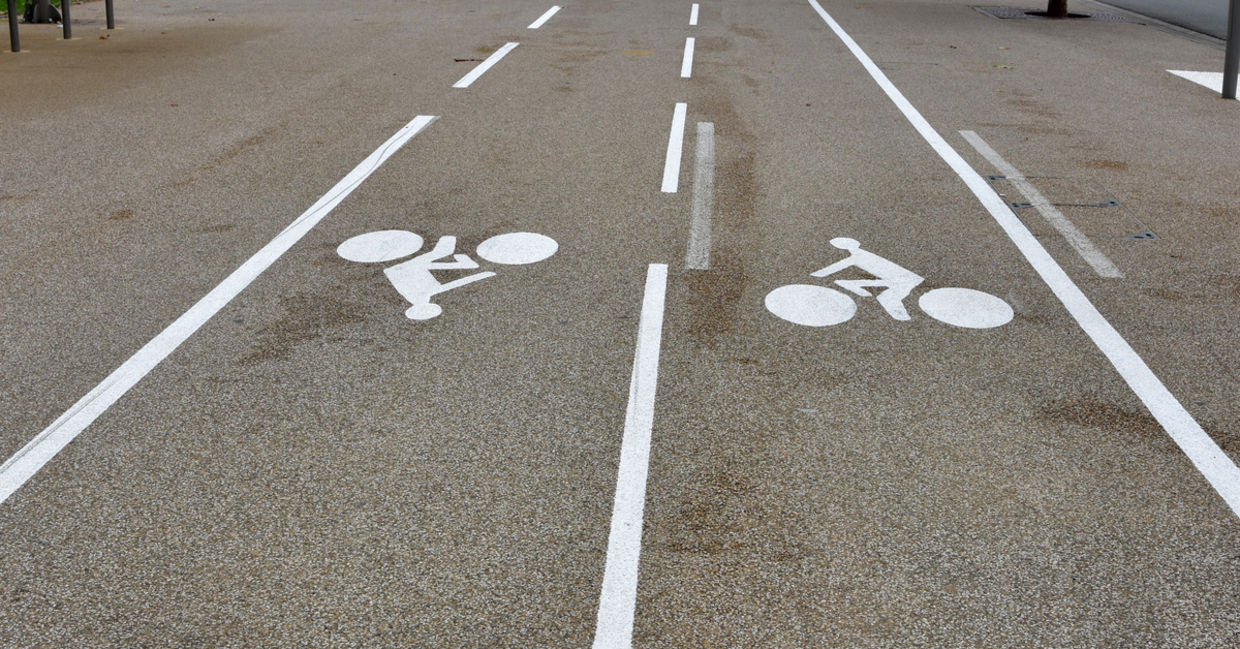
(Lucia Gajdosikova / Shutterstock.com)
Can you imagine a buzzing metropolis without traffic jams, honking horns, and overflowing parking lots? This surreal image is on its way to becoming a reality for an increasing number of thriving cities. From Spain to China, more bike lanes, improved public transit, and financial incentives are pushing cars out and encouraging city dwellers to take to the streets…on foot. In an effort to reduce emissions, improve health, and promote a cleaner environment, these nine cities are making the move to becoming car-free and pedestrian-friendly.
1. MADRID, SPAIN
THE PLAN: The boundaries of Madrid’s current car-free zone are continuously expanding outwards, reaching a square mile earlier this year. While those who live within the zone are allowed to take their cars inside, those who don’t have a guaranteed parking space can expect a hefty fine. New smart parking meters throughout the city can also gauge vehicles’ fuel-efficiency, so gas-guzzler owners will have to pay more at the meter.
ECO-BONUS: As a greener alternative, Madrid’s new bike share program supplies 1,500 bikes stationed at 120 different locations throughout the city.
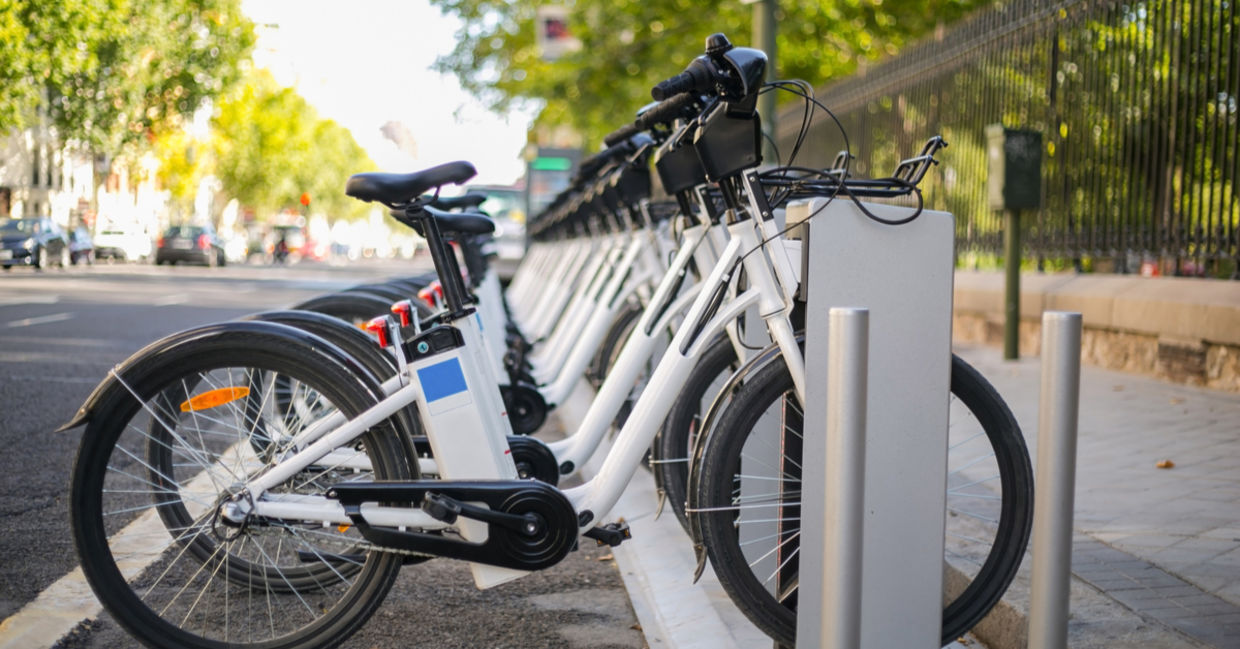
(Kritkun / Shutterstock.com)
2. PARIS, FRANCE
THE PLAN: Paris Mayor Anne Hidalgo has high hopes for her city. By 2020, car-owners who don’t live in the city center won’t be able to drive in on the weekends – and possibly during the week as well if all goes to plan. The current regulations have already increased the number of Parisians without a car from 40% in 2001 to 60% today. As a further push, Paris is going totally car-free for an entire day. By shutting down traffic on September 27, 2015, Paris is taking a stand against climate change and hoping that other cities will follow suit.
ECO-BONUS: The mayor also plans to double the number of bike lanes, ban diesel cars, and limit high-traffic streets to electric and ultra-low emission vehicles.
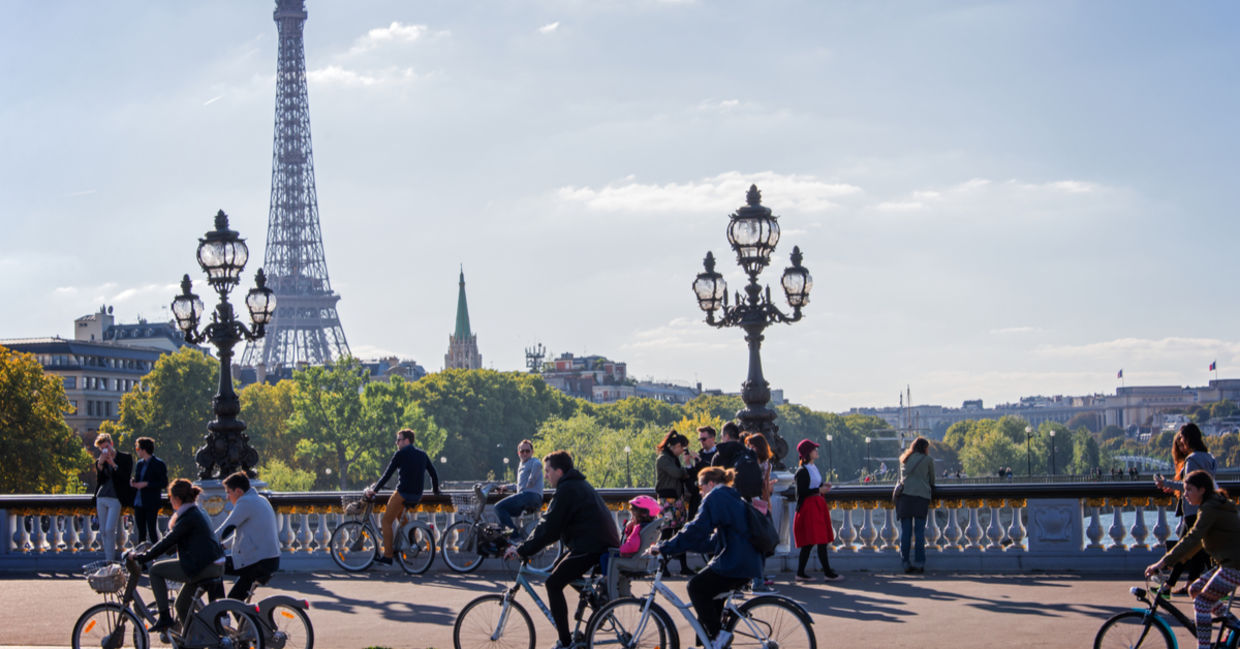
(Delpixel / Shutterstock.com)
3. CHENGDU, CHINA
THE PLAN: Chicago-based architects Adrian Smith and Gordon Gill have revealed a new plan for a self-sustaining, environmentally-sensitive 1.3-square-kilometer satellite city in Chengdu. While cars are not completely banned in Great City (yet), only half of the road area will allow motorized vehicles, and the city will connect to the center of Chengdu by public transit. This modern-day suburb is expected to reach completion around 2020.
ECO-BONUS: The streets of Great City are designed so any location can be reached within 15 minutes of walking.
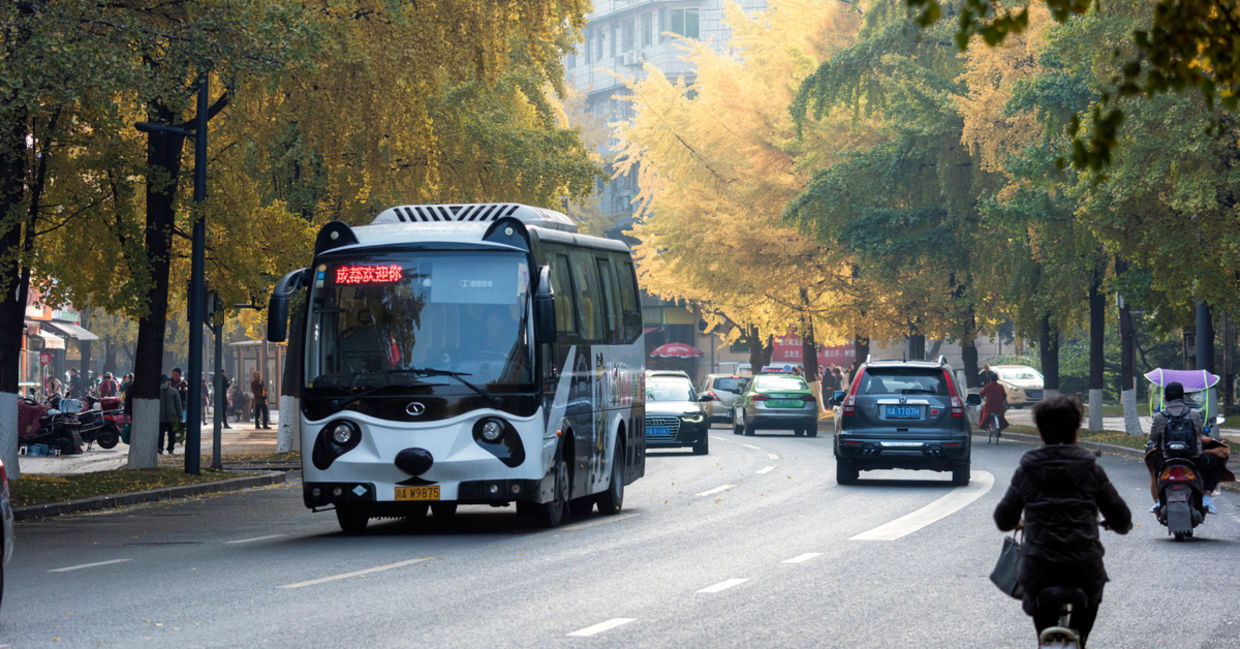
(B.Zhou / Shutterstock.com)
4. HAMBURG, GERMANY
THE PLAN: Hamburg is going green. In the next 15 to 20 years, the city is establishing a green network that connects parks, recreational areas, playgrounds, gardens, and promenades with paths exclusively for pedestrians and cyclists.
ECO-BONUS: The network will cover 40% of the city’s space, giving Hamburg residents access to recreation activities from hiking to swimming to enjoying nature, all without having to leave the city by car.
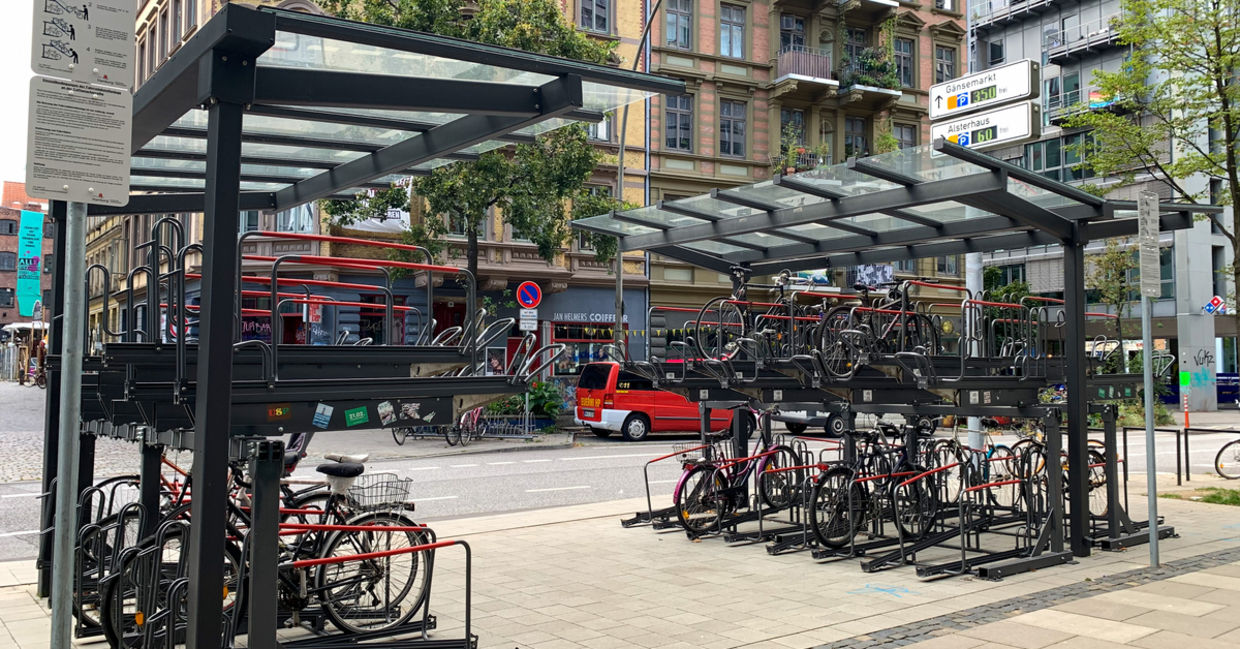
(Lapa Smile / Shutterstock.com)
5. HELSINKI, FINLAND
THE PLAN: Though Helsinki’s population may be growing, the number of cars in the city will not, according to the city’s director of the Strategic Urban Planning Division. How? By improving public transit, densifying existing areas, and expanding the inner city. While suburbs are currently far from the city center and accessible mostly by car, by 2050, each suburb will become its own mini-urban, car-free center connected to the main city by trams and trains.
ECO-BONUS: Helsinki’s new app will allow citizens to call up a shared bike, car or taxi, or find the nearest train or bus.
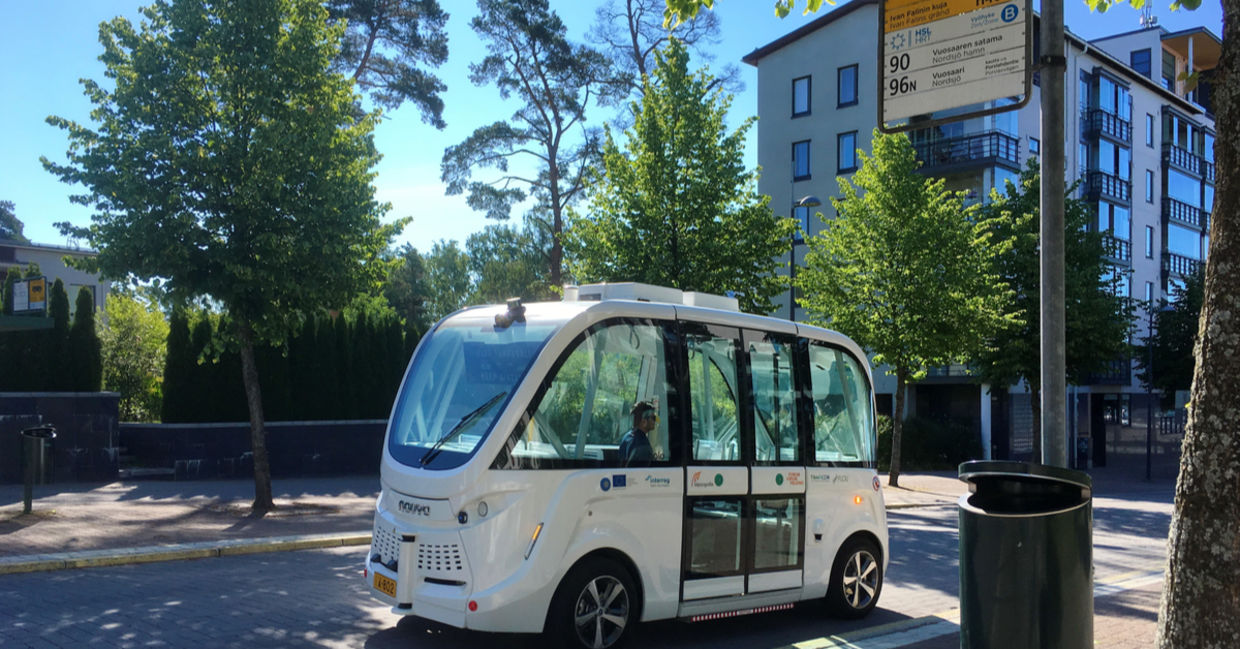
(SariMe / Shutterstock.com)
6. MILAN, ITALY
THE PLAN: Milan is actually paying its residents to leave their cars at home. For every day of the week that drivers leave their cars parked at home between 7:30 am and 7:30 pm, they will receive a 1.50 euro voucher, the exact amount of the bus, tram, trolley or subway fare.
ECO-BONUS: Developers have invented an Internet-connected box that goes on each car’s dashboard and keeps track of its location, further spurring residents to use more public transportation.
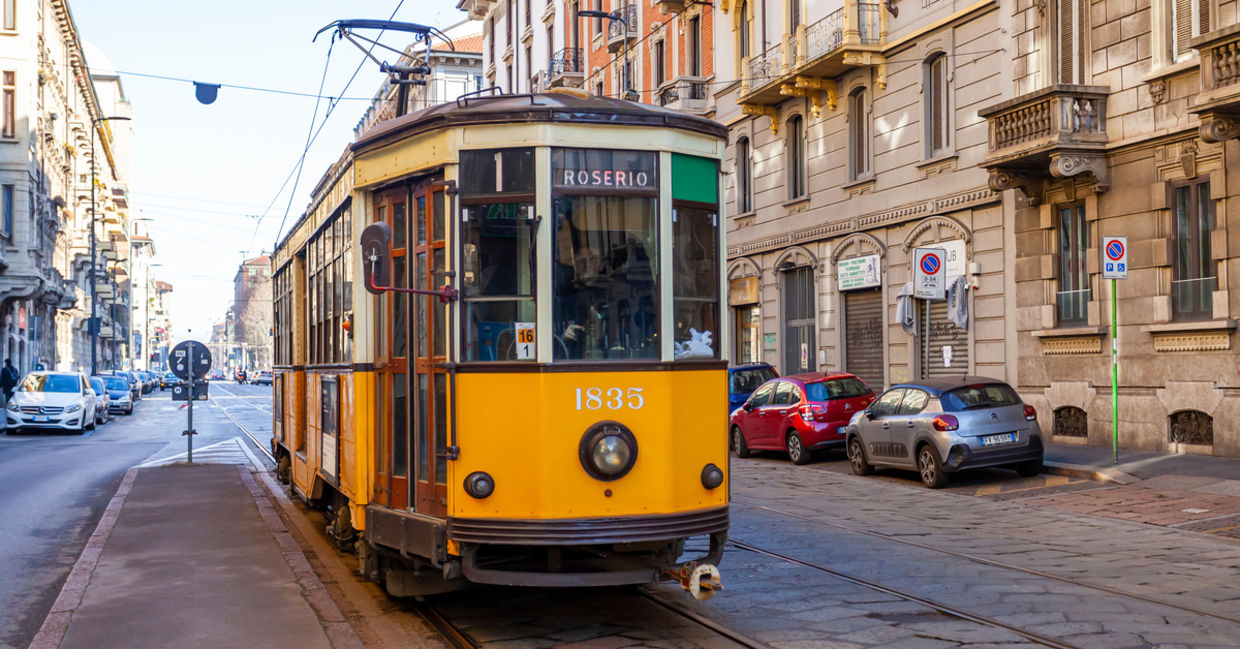
(bellena / Shutterstock.com)
7. COPENHAGEN, DENMARK
THE PLAN: Car-free zones, which were introduced in the 1960s, continue to expand as cyclists take over Copenhagen, the most bicycle-friendly city in the world. Thanks to over 200 miles of bike lanes, bike superhighways that connect to suburbs, and traffic lights especially for bikes, the city has one of the lowest car ownership rates in Europe.
ECO-BONUS: The city actually has more bikes than people and over 50 percent of the population bikes to work every day.
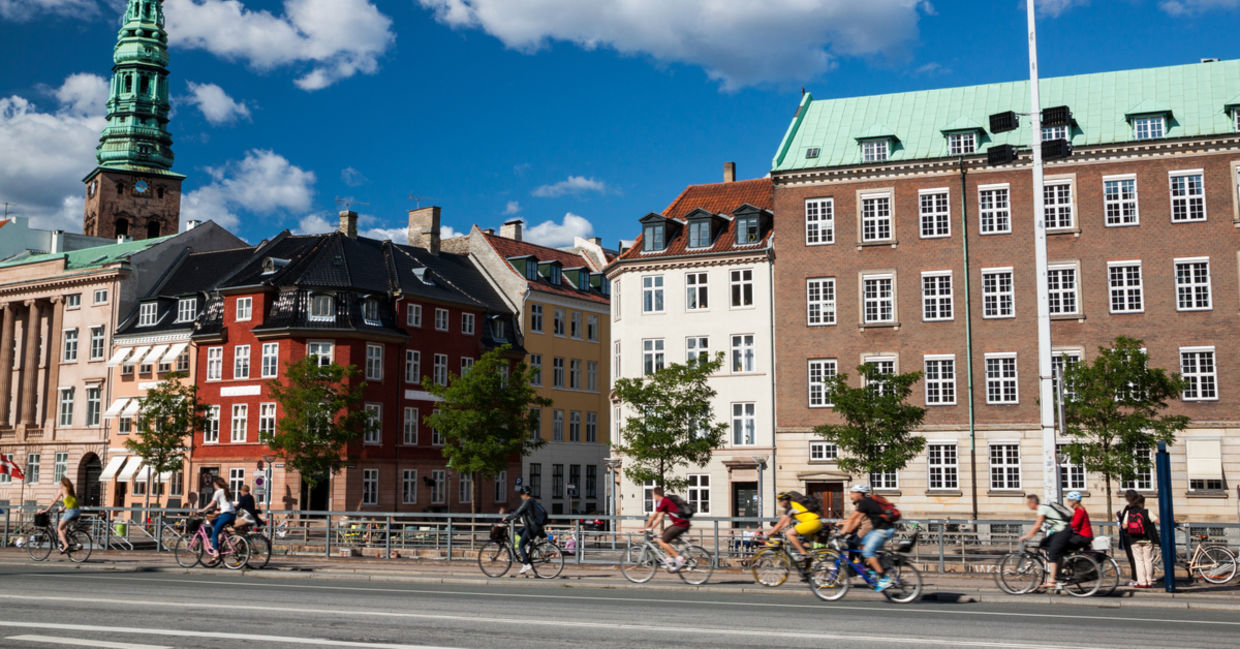
(Bucchi Francesco / Shutterstock.com)
8. DUBLIN, IRELAND
THE PLAN: In 2014, Dublin was named the 10th most congested city in the world – but things are about to change. The city is planning to gradually shift the traffic flow, sending cars around the city center and transitioning the busiest streets into car-free zones.
ECO-BONUS: Added bike lanes, wider sidewalks, and a new tram line will compliment this transformation and make the city more walkable, cyclable, and liveable.
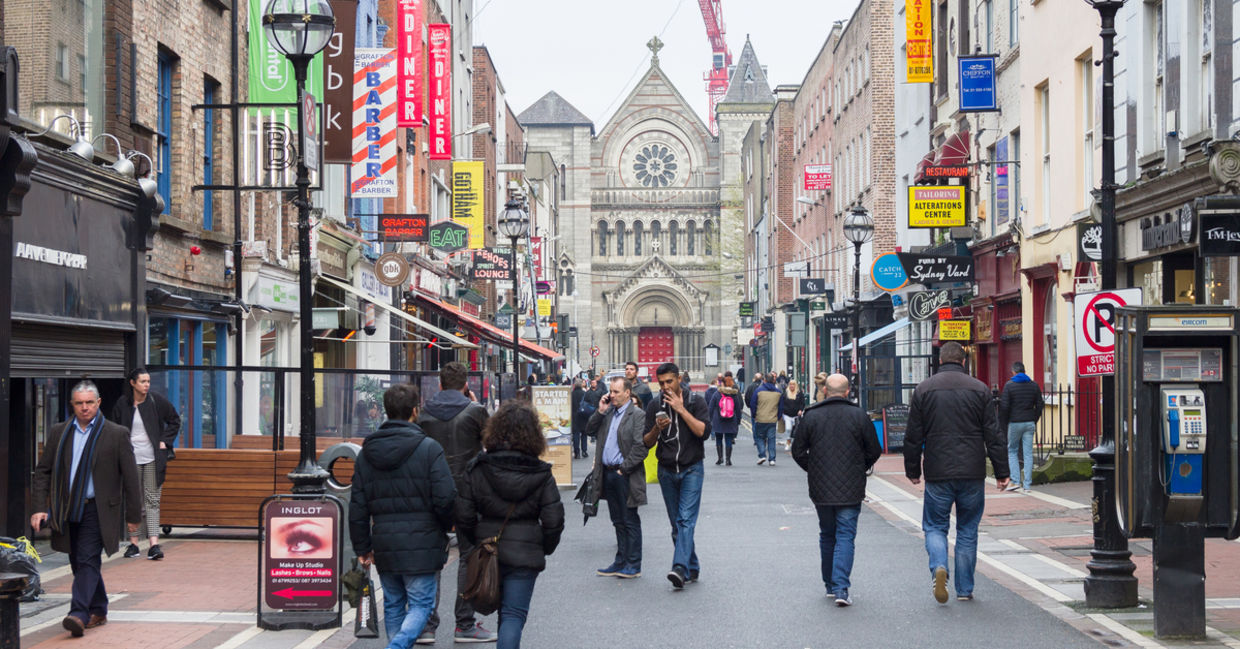
(Giancarlo Liguori / Shuterstock.com)
9. MASDAR CITY, UNITED ARAB EMIRATES
THE PLAN: In the outskirts of Abu Dubai lies the world’s most sustainable metropolis – Masdar City. Instead of cars, residents can utilize one of two electric-powered, automated, single-cabin rapid transit systems that are powered entirely by renewable energy. As a city run entirely on solar, wind and geothermal energy, Masdar City is a snapshot into the future.
ECO-BONUS: The two-square mile project aims to be also all zero-waste and carbon-neutral.
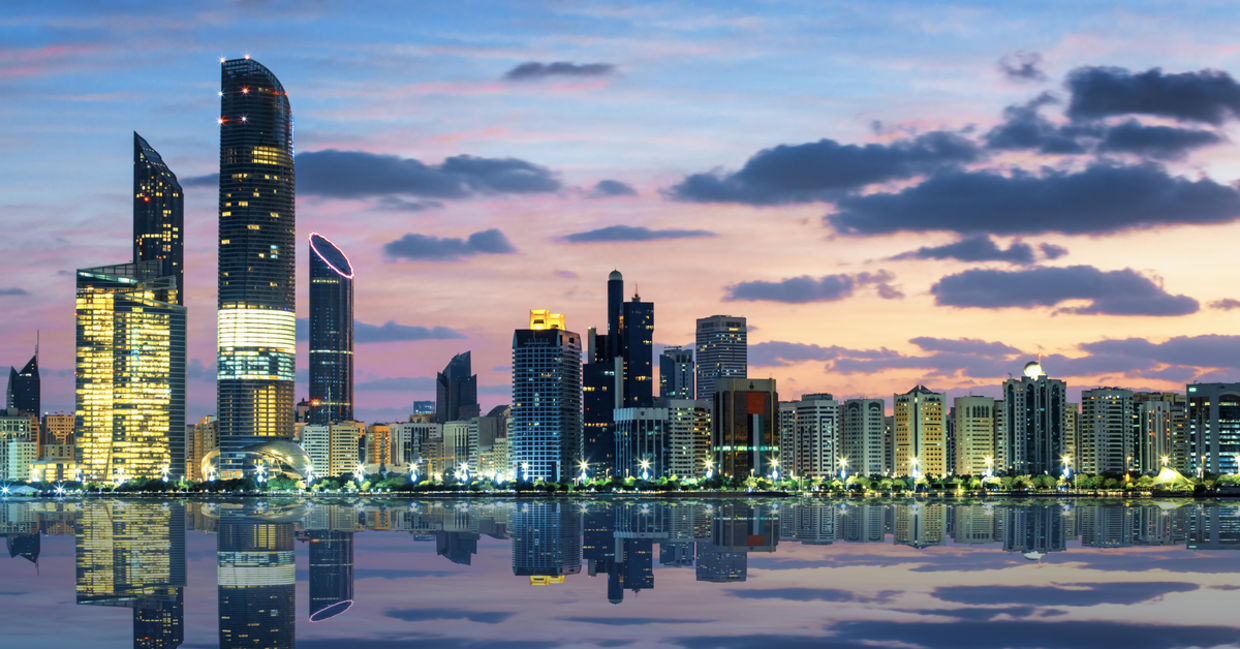
(prochasson frederic / Shutterstock.com)







